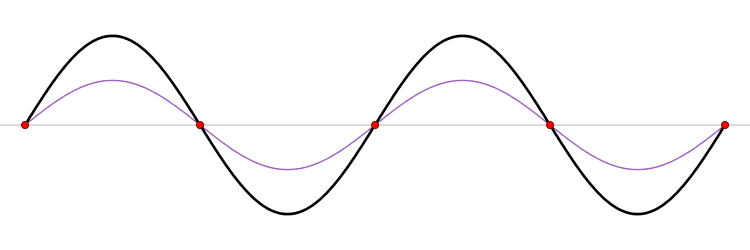http://papers.xtremepapers.com/CIE/...and AS Level/Physics (9702)/9702_s09_qp_2.pdf
In question paper 21 can anyone explain Q)5) especially part b)?
In question paper 21 can anyone explain Q)5) especially part b)?
We are currently struggling to cover the operational costs of Xtremepapers, as a result we might have to shut this website down. Please donate if we have helped you and help make a difference in other students' lives!
Click here to Donate Now (View Announcement)
Why do you want to know about quarks?? They aren't in the syllabus.Need help please. what are up and down quarks??
Kindly someone answer mine pleaseeeee ???
Oooohh .. That was easyat A the phase angle is 45 at B its 180
so phase difference will be 180 -45 that is 135
http://papers.xtremepapers.com/CIE/Cambridge International A and AS Level/Physics (9702)/9702_w11_qp_23.pdf
Question 5 c(i) 2.
I'm getting 270 degrees..
But the answer is 135 degrees :$
Please explain.
Umm umm I cant make out! it must be correct
The time period of the stationary wave is 20ms. After 5 ms, it would be a straight horizontal line, drawn on the dotted line. Take a look at this animation and you will understand the logic

usama321
Look at this post.but why would be a straight line after 0.005 s? please can u xplain. thnx
Gotcha! I didn't actually see the graph properly.. I was takin it as 4 blocks..Hello there, first we know that 1 Wavelength = 360 degrees, look at the graph, you'll see that 1 wavelength is 8 blocks.
Blocks between A and B are 3 blocks.
Cross multiply,
360-----> 8 blocks
?----------> 3 blocks
You'll get phase difference between A and B is 135 degrees
This is the mark scheme answer I couldn't solve itwhats the answer m getting 22.6 ;/
This is the mark scheme answer I couldn't solve it
i got itlook
the horizontal line given is 7 cm
so scale is 4ms^-1 = 7
so 1 ms^-1 =1.75 cm
vertical velocity is 6.2
draw the resiltant it will be 7.4
do u want me to post the diagram but its not neat?
Can you explain how did you get the wavelength as 2.5 lambdaHello there, for B I)
We know that there is a stationary wave in that tube.
At antinodes which are maximum displacement, the wave pushes the heaps apart.
At nodes which are minimum displacement, the heaps are formed
This forms the dust heaps.
For B Ii)
Look at the figure, you'll see that the distance between 6 heaps is 0.39 meters
We know that this stationary wave's wavelength at these heaps is 2.5 Lambda.
Because it has Compression-Rarefaction-Compression and so on.
One wavelength is from C to C or from R to R.
We know Freuquncy F= 2140 Hz
We know speed of wave equation V= Lambda x F
We need 1 lambda and not 2.5 lambda so we need to convert.
0.39 m-----> 2.5 lambda
? ------------> 1 lambda
It's 0.156 m
So V= 2140 x 0.156=334m/s
Iii)
Stationary waves is formed by interference of incident and reflected waves
the speed is the speed of the incident waves
For almost 10 years, the site XtremePapers has been trying very hard to serve its users.
However, we are now struggling to cover its operational costs due to unforeseen circumstances. If we helped you in any way, kindly contribute and be the part of this effort. No act of kindness, no matter how small, is ever wasted.
Click here to Donate Now